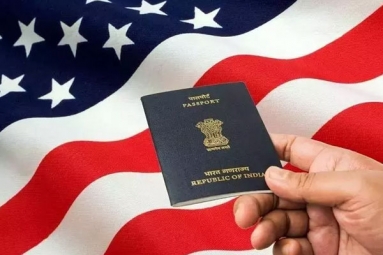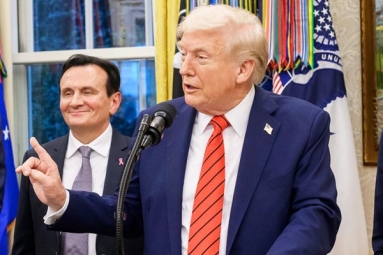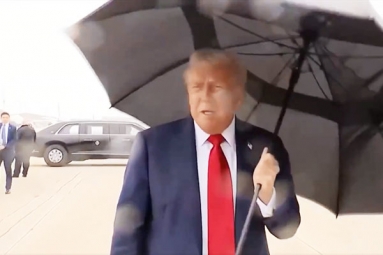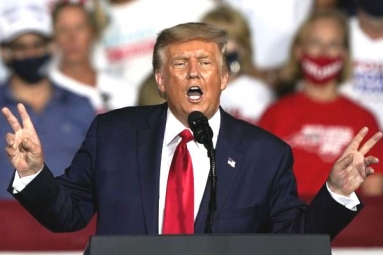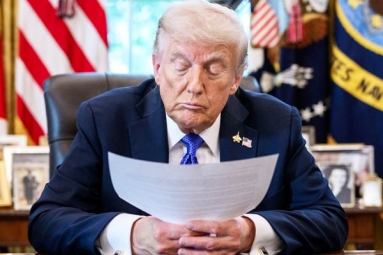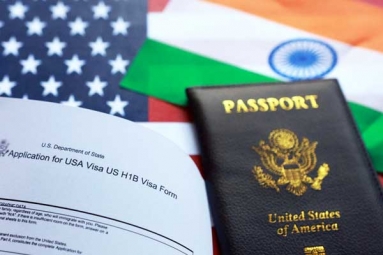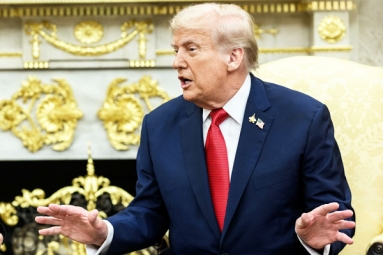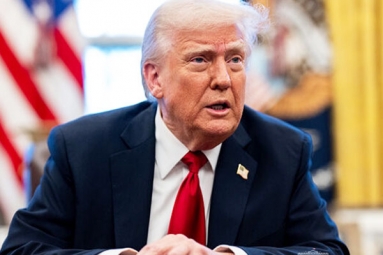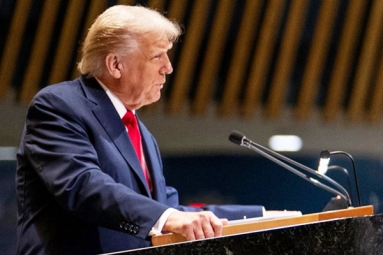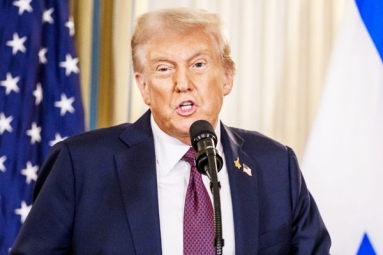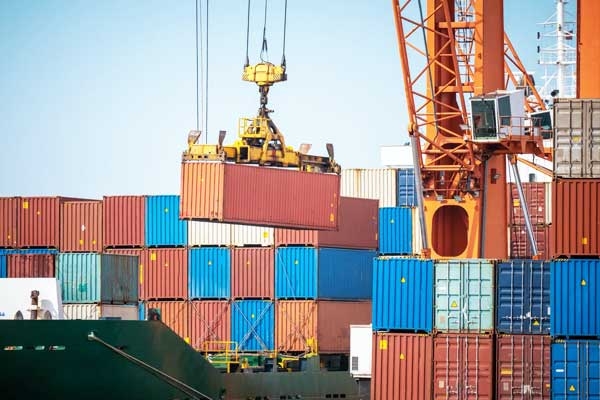
(Image source from: Canva.com)
US President Donald Trump has revealed the updated reciprocal tax rates for trade partners now that the deadline on August 1 has passed. The White House has maintained the 25 percent tax on India, but it is still unclear what extra penalties Trump had indicated he might apply on New Delhi due to its purchase of crude oil and military supplies from Russia. If these penalties are put in place, India's ability to compete in exports might be greatly harmed. These import taxes will start on August 7. Until then, there is a 10 percent tax that was announced on April 2 for all imports. The new tax rate will remain in effect until a trade agreement is reached between the two countries. With talks scheduled to resume in mid-August, markets believe the final tax rate could be less than 25 percent. However, until more information is provided, sectors linked to exports will encounter notable short-term challenges.
In the year 2024-25, the United States was India's top trading partner for the fourth year in a row, with trade between the two countries amounting to USD 186 billion, which included USD 86.5 billion in exports and USD 45.3 billion in imports. The US makes up around 18 percent of India's total exports, 6.22 percent of its imports, and 10.73 percent of its overall trade. India also experienced a trade surplus of USD 41 billion with the US in 2024-25. In the services sector, India exported around USD 28.7 billion while importing USD 25.5 billion, resulting in a USD 3.2 billion surplus. According to a Bloomberg report, if the tax exceeds 25 percent from July to September, about 10 percent of all Indian exports will be impacted, which could hurt India’s position as a safe investment amidst a global economic slowdown.
In 2024, India's key exports to the US included pharmaceutical products and biologicals worth USD 8.1 billion, telecom devices at USD 6.5 billion, precious and semi-precious stones worth USD 5.3 billion, petroleum products totaling USD 4.1 billion, auto parts and vehicles at USD 2.8 billion, gold and other jewelry made of precious metals at USD 3.2 billion, cotton clothing including accessories amounting to USD 2.8 billion, and iron and steel products valued at USD 2.7 billion. The imports consisted of crude oil costing USD 4.5 billion, petroleum products at USD 3.6 billion, coal and coke valued at USD 3.4 billion, cut and polished diamonds at USD 2.6 billion, electrical machinery costing USD 1.4 billion, and aircraft, spacecraft and their parts at USD 1.3 billion each. Import taxes increase the price of goods in the importing country, which may make Indian products less affordable in US markets. However, the overall effect on Indian businesses in any sector will also depend on how India's tariffs compare with those on competing nations. For instance, tariffs in countries like Bangladesh (20%), Vietnam (20%), and Thailand (19%) are lower, making products from those places more affordable in the US, which could cause American buyers to shift to those markets.
According to exporters, Indian products that rely heavily on labor, such as clothing, leather and non-leather shoes, gems and jewelry, rugs, and crafts might face the greatest effects from this tax. Additionally, there is a 50 percent tax on steel and aluminum, and a 25 percent tax on vehicles and their parts. These taxes are added on top of the current tariffs on Indian goods. For example, textiles currently have a tax of 6-9 percent, so once the 25 percent tax is included, Indian textile products entering the US starting August 1 will face a total duty of 31-34 percent. There may also be an additional penalty on top of this.
Key Sectors Affected:
Gems and Jewellery: High taxes could cause significant disruptions in the supply chains of the gems industry and jeopardize many jobs. According to a Bloomberg report, the US is responsible for more than USD 10 billion in exports from this sector in India, and an all-encompassing tax will “raise costs, delay deliveries, distort prices, and put tremendous pressure on every element of the value chain” from workers to major manufacturers, as stated by India’s Gem and Jewellery Export Promotion Council late Wednesday.
Indian Refiners: India imports about 37 percent of its oil from Russia. These barrels are sold at a lower price and have been crucial for maintaining profitable refining margins. If Russian oil becomes unavailable, import costs will soar, negatively affecting the profits of refiners.
Electronics: India surpassed China as the leading supplier of smartphones in the US, following Apple's decision to produce more iPhones in India. This situation could be threatened by the new tax. A Bloomberg report indicates that the 25 percent surcharge on imports will likely require Apple to change its plans.
Textiles and Apparel: Indian manufacturers of home fabrics, clothing, and shoes support the global supply chains of major US retailers, including well-known companies like The Gap Inc, Pepe Jeans, Walmart Inc, and Costco Wholesale Corp. The introduction of new tariffs poses a “serious challenge” for this sector, as noted by the Confederation of Indian Textile Industry. “It will truly test the determination and strength of India’s textile and apparel exporters since we will not have a significant tariff advantage.”
Pharmaceuticals: At an estimated yearly value of $8 billion, India is the top exporter of non-patented medications to the US. Overall, medicines from Indian companies generated almost $220 billion in savings for the US healthcare system in 2022 and a total of $1.3 trillion over the decade ending in 2022.



